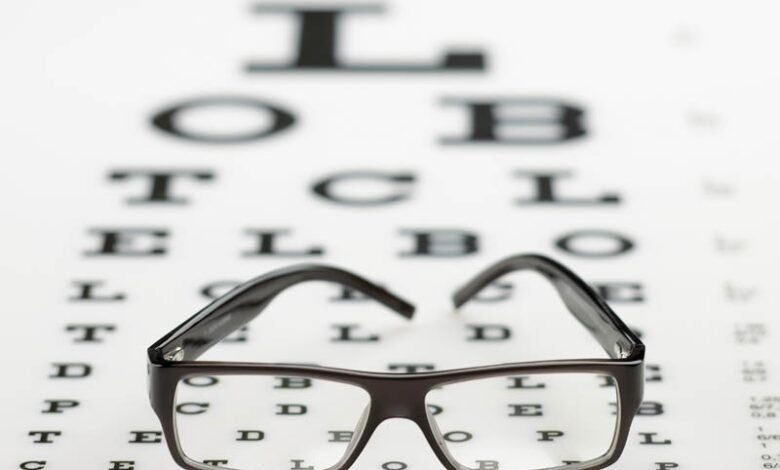Understanding Visual Impairment and Visual Disability

Visual impairment, also known as low vision, is a significant loss of eyesight that cannot be corrected by glasses, medication, or surgery. Individuals with visual impairment experience challenges with everyday activities like reading, recognizing faces, shopping, and navigating their environments. For many, living with visual impairment requires adapting to new ways of completing tasks and often relying on assistive technologies and support from others.
What is Visual Impairment?
Visual impairment refers to a loss of eyesight that cannot be fully corrected. Unlike total blindness, which affects only about 5% of the visually impaired population, most individuals retain some usable vision. People with low vision may have difficulty responding to visual cues, recognizing faces, or locating objects, especially in low-contrast environments.
Some common signs of visual impairment include:
• Difficulty distinguishing faces
• Slower response to visual stimuli
• Making mistakes in tasks involving small details, such as taking the wrong medication
• Trouble with tasks in dim lighting or low-contrast settings
• Avoidance of activities that require sharp vision
These symptoms can affect not only physical activities but also social interactions, contributing to feelings of isolation.
Causes of Visual Impairment
Visual impairment can arise from various conditions, most of which are related to aging. Common causes include:
• Cataracts: A clouding of the lens in the eye that leads to blurred vision.
• Macular Degeneration: A deterioration of the central part of the retina, affecting sharp and central vision.
• Glaucoma: A condition that damages the optic nerve and can lead to tunnel vision or blindness if untreated.
• Diabetic Retinopathy: Damage to the blood vessels of the retina due to diabetes, causing vision loss.
• In addition to these diseases, visual impairment can result from injuries or congenital conditions present from birth. Many of these conditions progress over time, starting with minor vision issues and eventually leading to more significant impairments.
Emotional and Psychological Impact of Vision Loss
The emotional toll of visual impairment can be severe. Losing the ability to perform daily tasks independently often leads to frustration and helplessness. Depression and anxiety are common psychological effects, as individuals may feel isolated or dependent on others for help.
Support from family, friends, and healthcare professionals is essential in helping visually impaired individuals cope with the emotional consequences of vision loss. Counseling and support groups can provide the necessary resources to navigate the emotional challenges that accompany living with visual impairment.
Common Patterns of Vision Loss
Vision loss varies from person to person, even for those with the same condition. The stages of vision loss typically begin without symptoms and progress to:
• Blurriness: Objects may appear out of focus or unclear.
• Distortion: Straight lines may look bent, or objects may appear warped.
• Blind Spots: Certain parts of the visual field may become completely dark or blank.
While most people with visual impairments still retain some sight, the patterns of vision loss can differ widely. For example, people with glaucoma may experience tunnel vision, while those with macular degeneration may lose their central vision.
Addressing the Prevalence of Visual Impairment
Visual impairment is especially common among older adults. It ranks third, after arthritis and heart disease, as one of the leading causes of dependency in individuals over the age of 70. Despite its prevalence, visual impairment is often overlooked in healthcare settings where other conditions, such as diabetes or cardiovascular disease, take precedence.
Recognizing the importance of addressing visual impairment in healthcare is crucial for ensuring that affected individuals receive the appropriate support and treatment.
Living with visual impairment presents unique challenges, but with the right adaptations, technology, and support, individuals who are visually impaired or visually disabled can continue to lead fulfilling lives. Recognizing the symptoms, understanding the causes, and providing both emotional and practical assistance are key to improving the quality of life for those affected.





